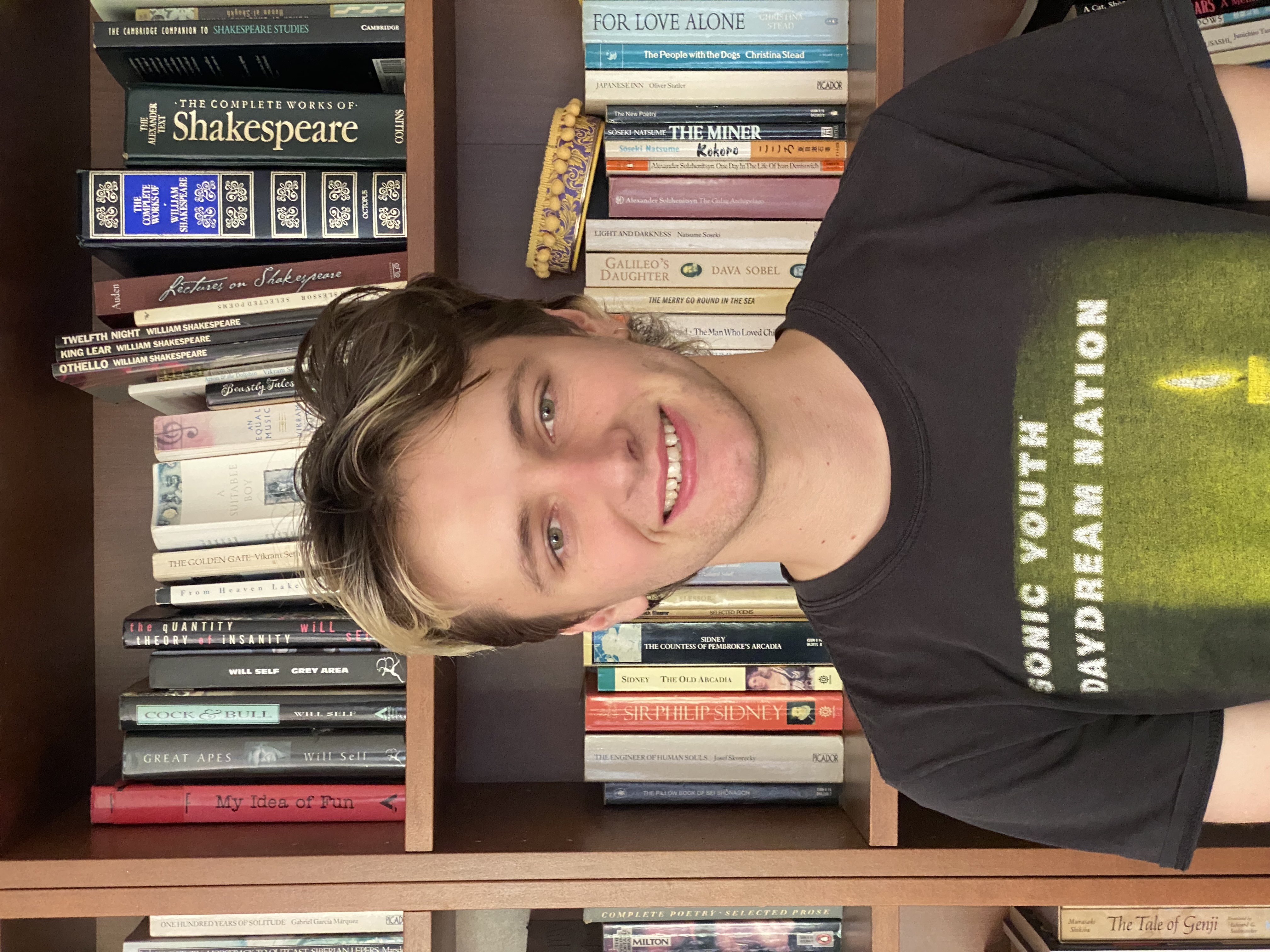Jack Mills
Supercritical Percolation Cluster of Independent Bond Percolation of the Hypercube.
We aim to study the behaviour of a class of processes defined on the supercritical
percolation cluster of independent bond percolation of the hypercube. This study is
motivated by the connection between random games with N players and two actions
available per player and random orientation of the hypercube. Consider an adjustment
process, where at each step a player is chosen uniformly at random and asked if they want
to change their action, which they would do only if their new payoff would be strictly larger,
i.e. more convenient. The set of action profiles that are reachable by this adjustment
process can be coupled with the set of vertices belonging to the largest component of the
i.i.d bond percolation on the hypercube. These processes are used to detect Pure Nash
equilibria (PNE) of the game. In theory they could be absorbed by traps on the way and
never reach an equilibrium, but it was recently proved that this happens with a probability
1
rapidly decreasing to zero as N grows. Our goal in this project is to study the rate of
convergence towards a PNE.

Jack Mills
Monash University
Jack Mills is an undergraduate maths and ecology student at Monash University beginning honours in maths in 2022. While he is curious about all fields of maths, Jack’s main interests include random walks, discrete maths and stochastic processes, and their applications to biological and ecological systems. He has also completed research on composting with black soldier flies and the psychological experiences of qualia. When Jack is not studying, you can find him hiking or playing music with his band.




